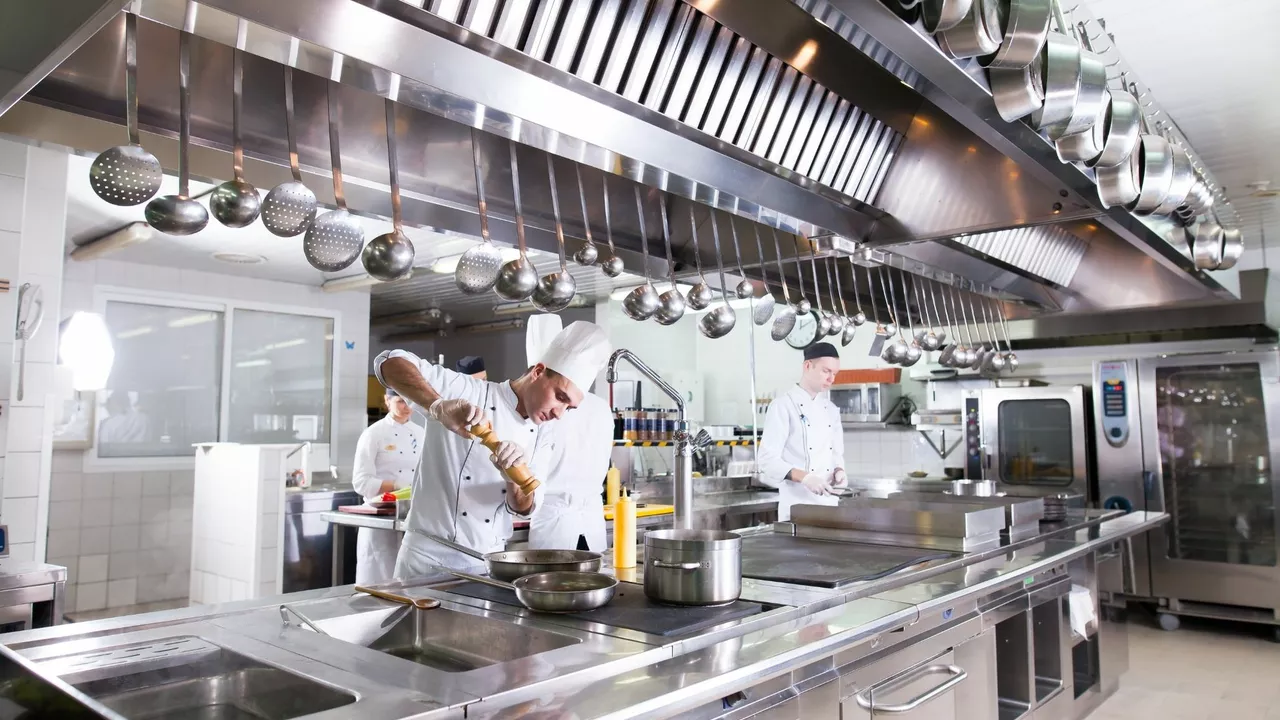Understanding Your Restaurant Concept
Choosing the right restaurant equipment starts with understanding your restaurant concept. Your concept is the overall theme and style of your restaurant. It could be a fast food joint, a fine dining establishment, a bakery, a bar, or any other type of food service business. The type of food you serve, the atmosphere you want to create, and the service style you want to provide all factor into your concept. This understanding will guide you in selecting the type of equipment you'll need.
For instance, a bakery would need a different set of equipment compared to a steakhouse. A fast food restaurant might prioritize speed and efficiency, while a fine dining restaurant might put more emphasis on specialty cooking techniques and presentation. So, take time to define your restaurant concept clearly before you start shopping for equipment.
Assessing Your Kitchen Layout
The next step is to assess your kitchen layout. The layout of your kitchen will influence the type of equipment you can accommodate. Therefore, it's important to take measurements and plan your space accordingly. Make sure to account for workspace, storage areas, and the flow of food preparation and service.
Also, consider the placement of equipment in relation to your staff's work process. Ideally, your kitchen layout should allow for smooth workflow and easy communication among your team. If you're unsure about how to design your kitchen layout, it may be helpful to consult with a professional kitchen designer or a restaurant consultant.
Identifying Essential Equipment
Once you have a clear concept and kitchen layout, it's time to identify the essential equipment for your restaurant. This may include cooking equipment such as stoves, ovens, fryers, grills, and broilers. Other essential equipment may include refrigeration units, dishwashers, food prep tables, and various types of smallwares like knives, pans, and utensils.
Think about your menu and the type of dishes you'll be serving to identify the essential equipment you'll need. For example, if you're opening a pizza place, a high-quality pizza oven would be a key piece of equipment. If your restaurant will serve a variety of fried foods, then a commercial fryer would be essential.
Setting a Budget and Considering Costs
Setting a budget for your restaurant equipment is crucial. While it's important to invest in high-quality equipment, it's also important to stay within your financial means. Consider both the upfront cost of purchasing equipment and the ongoing costs of maintenance, repairs, and energy consumption. Some equipment might be cheaper to buy, but more expensive to maintain or operate.
Remember, buying equipment for your restaurant is an investment, so it's important to consider the long-term value of the equipment you choose. It might be worth it to spend a little more upfront for equipment that will last longer and perform better over time.
Researching and Comparing Suppliers
Once you have a clear idea of what you need and how much you can spend, it's time to start researching suppliers. There are many different suppliers out there, each offering different brands, prices, and customer service experiences. Take time to compare different suppliers and ask for quotes.
Also, consider factors like delivery times, warranty terms, and after-sales service. A good supplier should not only provide high-quality equipment but also good customer support. After all, if something goes wrong with your equipment, you want to be sure that you can get it fixed quickly to minimize downtime in your restaurant.
Considering Energy Efficiency
Finally, it's important to consider energy efficiency when choosing restaurant equipment. Energy-efficient equipment can help reduce your restaurant's energy consumption and lower your utility bills. Plus, using energy-efficient equipment can be a great way to promote your restaurant as environmentally friendly.
Look for equipment with the ENERGY STAR label, which indicates that the equipment meets certain energy efficiency standards set by the U.S. Environmental Protection Agency. While energy-efficient equipment might be more expensive upfront, the savings in energy costs over time can make it a worthwhile investment.
